When it comes to search engine optimization, so much information is available about the “big” issue of off-page SEO and link building. The consensus on this is clear; a greater quantity of higher quality links will help boost your website’s rankings in the search engines.
But what about on page SEO? Although it isn’t quite as important for high rankings as it once was, the importance of good on page SEO cannot be underestimated. That’s why we are looking at the importance of on page SEO today. Not only that, but you are going to some hugely powerful on page optimization techniques. Employ these properly, and you will soon see your website heading up the search engines.
During the mid to late 1990s, when the Internet was first starting to take off, on page SEO could be manipulated by webmasters to achieve very high search engine rankings. Stuffing pages with irrelevant keywords, hiding keywords by changing font colors, and a whole raft of other “sneaky” tactics were common ways of boosting search engine rankings. Eventually, search engines wised up to this game, and on page SEO gave way to link building as the most important factor behind rankings.
Because of the spectacular fall from grace that on page SEO suffered, many webmasters seem to ignore this still powerful method of attaining high search engine rankings. It is very common to see people concentrate their energies into finding new links, and completely bypass proper on page optimization. This is a big mistake! By properly optimizing your website for the search engines, you create a strong foundation for high search engine rankings.
Would you build a house without foundations? You would not, of course. Likewise, you should not build a website without the foundations of proper on page SEO.
So how do you properly optimize your site for on page SEO?
There are a whole raft of different on page SEO techniques, but it pays to stick to the basics first:
Keyword in URL/Domain – Try to get your main keyword in your website’s URL or domain name. For example, if the keyword you are targeting were “how to train a dog”, then you would want to try to have a URL like howtotrainadog.com. According to some, it is better to separate the words in your URL with hyphens (eg how-to-train-a-dog.com)
Keyword in page title – The keyword you are trying to target with a particular page should always be present in the page title. You can edit this from within the HTML code of your page, by sandwiching your keyword between the <title></title> tags.
Meta description – This is the snippet of text that appears next to your listing in Google. Although it is no longer an easy way of boosting your rankings, a good meta description that encourages visitors to click through (and that features your main keyword) can help make your page more relevant in the eyes of Google, which is a positive influence on your rankings.
In-text keyword density – It is important to maintain a good level of keyword density on your pages. This means using your keywords regularly in your articles or blog posts. However, it is critical that you do not just stuff your website with keywords; make sure that you provide lots of quality content, and that your keywords flow naturally with your writing.
Image alt tags – Search engine spiders cannot see images, they can only see text. Therefore, it is important to have accurate alt tags for your images, so that the search engines get a picture of what human eyes are able to see. Your image alt tags should be a brief description of what the image displays, and not just an excuse to stuff keywords. For example, if you have a picture of a dog training leash then your alt tag could be something like “Acme dog training leash”, but not “dog training leash, dog training collar, dog training” etc.
Strong internal linking – Link to other pages within your website or blog using “deep” links. This means creating text links that enhance visitor experience. Use relevant anchor text keywords to create these links to other internal pages. This will not only help get search engine spiders indexing your pages, but will also reduce your bounce rate. By using internal links, visitors to your site will be more likely to exit on a different page than the one they arrived on, and will spend more time browsing; this is a positive factor for search engine rankings.
Quality unique content – This is the “big kahuna” of on page SEO. Make sure your articles or blog posts are of exceptional quality. Put 110% into every content piece you create so that your readers get something of value. Now that the Google Panda update has come and wreaked havoc on spammy, low-quality content, it is more important than ever to create really awesome content that actually teaches what the headline promises. As we move into 2012, it is clear that search engines will continue to place lots of value on great quality content that is relevant and well researched.
How can you check if your on page SEO is up to scratch?
The easiest way is by using the power of Traffic Travis, which you can download free. One of the most impressive features of Traffic Travis is the ability to add websites as projects. From there you can monitor all sorts of stats like how well you are ranking for particular keywords, what your Google Pagerank is, and more.
However, we are interested in seeing how Traffic Travis can investigate your on page SEO:
With an active project loaded up in the Dashboard, you can click on the “Page Warnings” button to see a list of your pages, and what SEO mistakes you are making.
Traffic Travis will then give you an overview of all your pages and their page warnings:
Clicking on the warnings number next to a page entry will show you what on page optimizations you can improve:
Use these page warnings to improve your SEO and boost your rankings in the search engines.
Now let’s look at an example of a page with good on page optimization:
Notice that the keyword “ultimate WoW guide review” is present in both the page title, and the h1 tag (the h1 tag is actually a slight variation)
There is internal linking down the side of the page in the navigation bar. The keyword that the page is targeting appears regularly in the content, but not so much that it reads unnaturally. There is also plenty of content as you scroll down the page.
And what about that image? Is it optimized for SEO with a proper Alt tag? A quick peek at the source code of the page tells us that it is:
This page ticks the right on page SEO boxes, and because of that has a strong foundation for high search engine rankings. Good on-page optimization does not mean that you can simply ignore link building and getting traffic to your pages, but it does help.
As you can see, on page SEO is not dead in the water. It still carries a great deal of relevance, and by improving your on page SEO you will get better rankings.
The big thing to remember with on-page SEO is to avoid going overboard. Don’t become caught up in the minutiae of every possible on page optimization method. Your brain will fry long before you realize that stressing out over each tag or meta description is not the silver bullet you wanted for high search engine rankings.
Remember to use Traffic Travis, which you can download and install free, to monitor your on page SEO and check for warnings where things are not correctly optimized. There are full instructions for using all of the features of Traffic Travis, so you can dive straight in and start improving your SEO today.
This post has been brought to you by Mark Ling with Traffic Travis


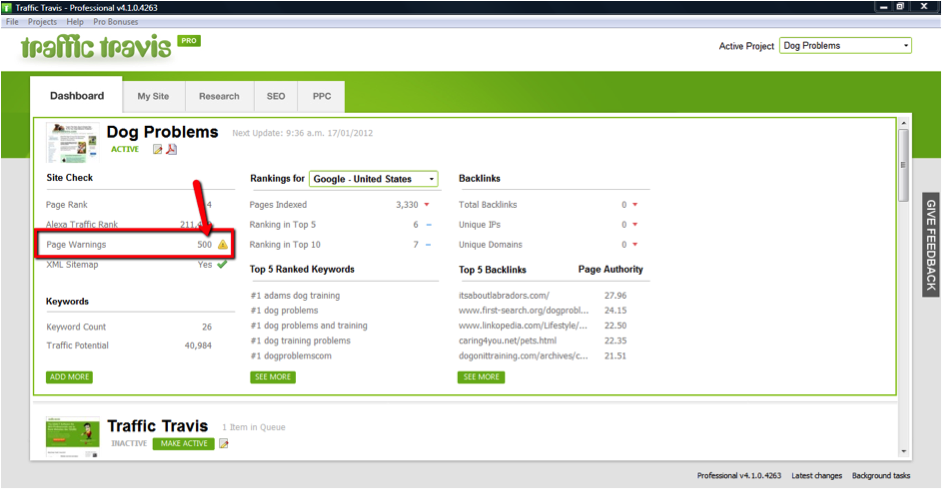
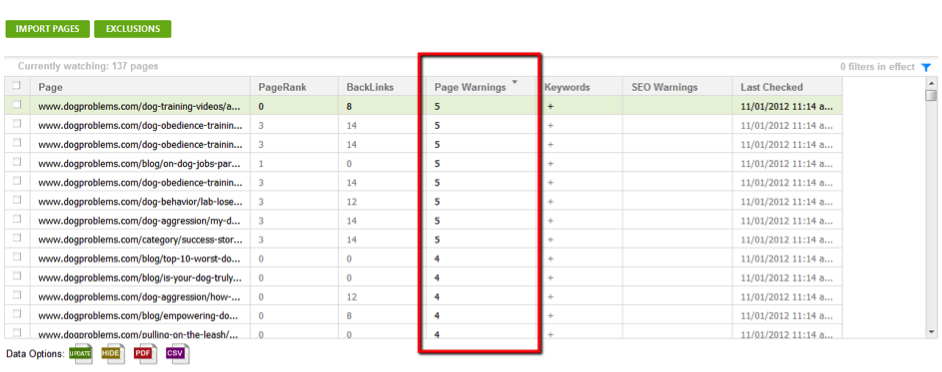
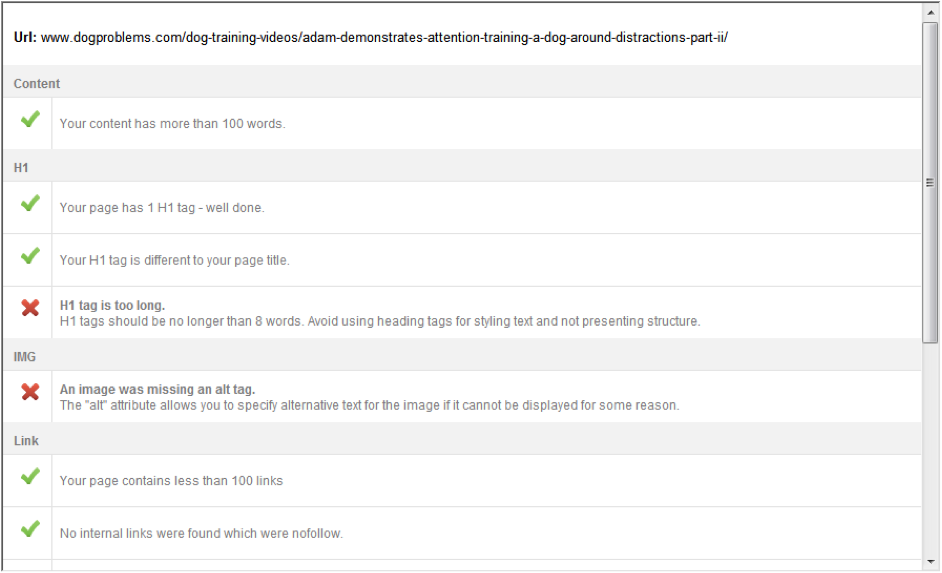
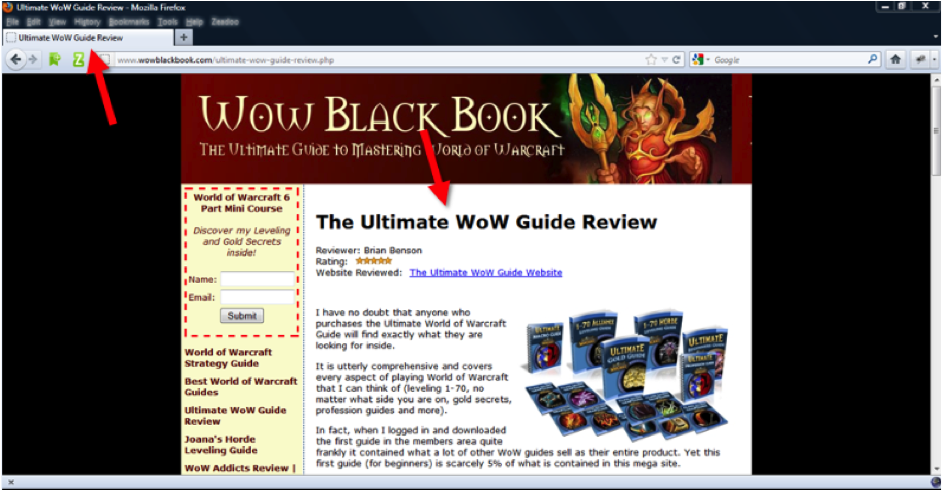



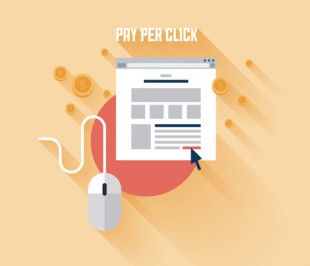
Great tips that I can use – use of anchor text for links is worthy of mention also
I understand the importance of good quality content but am not sure about the quantity of content, i.e. how many words per page are required. 500 words? 1000 words?
I certainly agree that “On Page SEO is Still Relevant”. If anything I think it is becoming more and more relevant every day. You will see this in just about all the big guys pages that rank well.
BTW, I use Traffic Travis everyday and think it is one of the best tools I have.
Herschel Lawhorn
TI found that what really makes SEO a successful one is the little things that most people don’t know about. Everything in this post is correct and must be implemented on the website, but there are all kinds of bits and bites that can make a hugh difference.
Just to give an example, there is something called “Fragments”, these are the ‘BACK TO TOP’, ‘GO UP’ you see on long pages with several subjects. Google consider each fragment as a new page, which means you can use your keywords on each paragraph if you do it right. FYI…
Always good information. I don’t understand all of it but it pays to keep learning. Eventually things start to connect together. The main purpose not to give up.
I used to do freelance SEO, and my best advice is that learning SEO yourself is the most affordable/effective combination.
Interesting stuff, thanks for sharing. How do you compare TT to a popular SPS seo software, and their on-page tool WebSite Auditor in particular?
What’s up to all, the contents edisting at this web site aare
truly awesome for eople experience, well, keep up tthe nice work fellows.